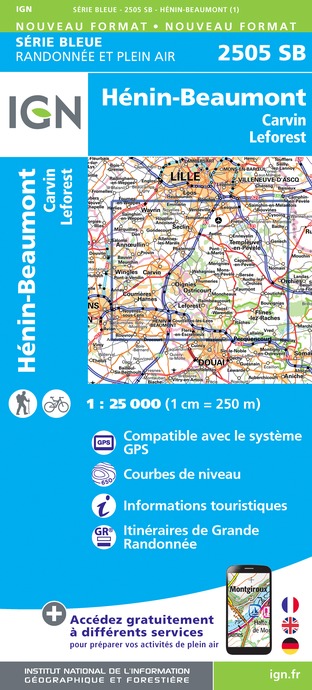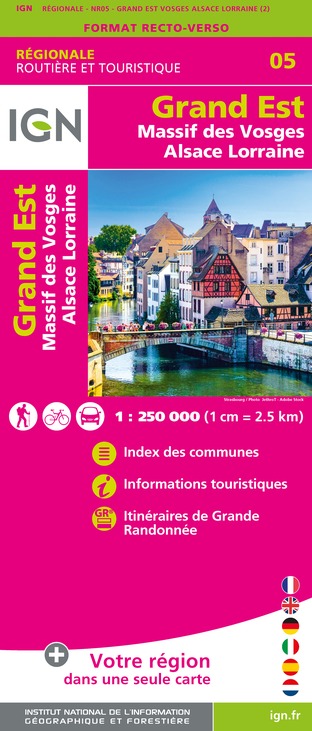Alert
Alerts
Seclin Canal


The Cirkwi brief
Among the myriad places to explore in the Lille Metropolis, the canal of Seclin offers a serene and captivating escape. A stone's throw from the historic Hôpital Notre Dame, an architectural gem from the 17th century, this walk will enchant you with its tranquility and beauty. The route, shaded by 280 century-old plane trees recognized as a "Remarkable Tree Group," is a testament to Seclin Mélantois Tourisme's dedication to preserving and showcasing the area's natural and historical heritage. Let this pathway take you on a journey through time, where every step tells a story of the past amidst the blissful calm of nature.
Insightful Technical Overview
The route spans precisely 8.277 km, weaving through landscapes at altitudes that vary from 19 to 27 meters, ensuring a relatively easy trek suitable for casual walkers. The minimal elevation gain throughout underscores the accessibility of this trail, allowing visitors to focus on the scenery rather than the challenge of the hike. This carefully planned itinerary by Seclin Mélantois Tourisme provides an engaging outdoor experience without the strain, making it ideal for a broad range of outdoor enthusiasts.
Seasonal Tips for Travelers
Regardless of the season, the canal of Seclin offers unique charms. However, to maximize your experience, wearing appropriate footwear is recommended to navigate the path comfortably. In spring and summer, bringing sunscreen and water will enhance your enjoyment under the sun-dappled canopy. Autumn's cascade of colors is a photographer's dream, though paths may be slippery with fallen leaves. Winter, with its serene snow-blanketed scenery, requires caution on potentially icy walkways. Always maintain awareness of your surroundings for a safe journey through this picturesque locale.
Seclin: Legacy and Lore
Seclin, nestled within the Nord-Pas-de-Calais region, stands as a beacon of history and culture. This area, rich in architectural and natural heritage, has roots stretching back to the 13th century when Marguerite of Flanders laid the foundation for what would become an enduring legacy of care and architecture. The Hôpital Notre Dame, with its neo-Renaissance Flemish façade, is only a glimpse of the deep historical tapestry that envelops Seclin. The canal's route, flanked by ancient trees, serves as a living monument to the area's commitment to preserving its cultural identity amidst modern advancements.
Climate Guide and Best Visiting Times
The Lille Metropolis, including Seclin, experiences a temperate oceanic climate. Winters are mildly cold with occasional frost, while summers are pleasantly warm, rarely experiencing extreme heat. Rainfall is distributed throughout the year, making any season suitable for a visit. However, to truly enjoy the canal walk, late spring to early autumn offers the best weather conditions. During this period, the weather is most conducive for outdoor activities, with longer days and milder temperatures enhancing your exploration of Seclin's verdant pathways.
IGN cards









Technical Information
Altimetric profile
Starting point
Points of interest
Data author







